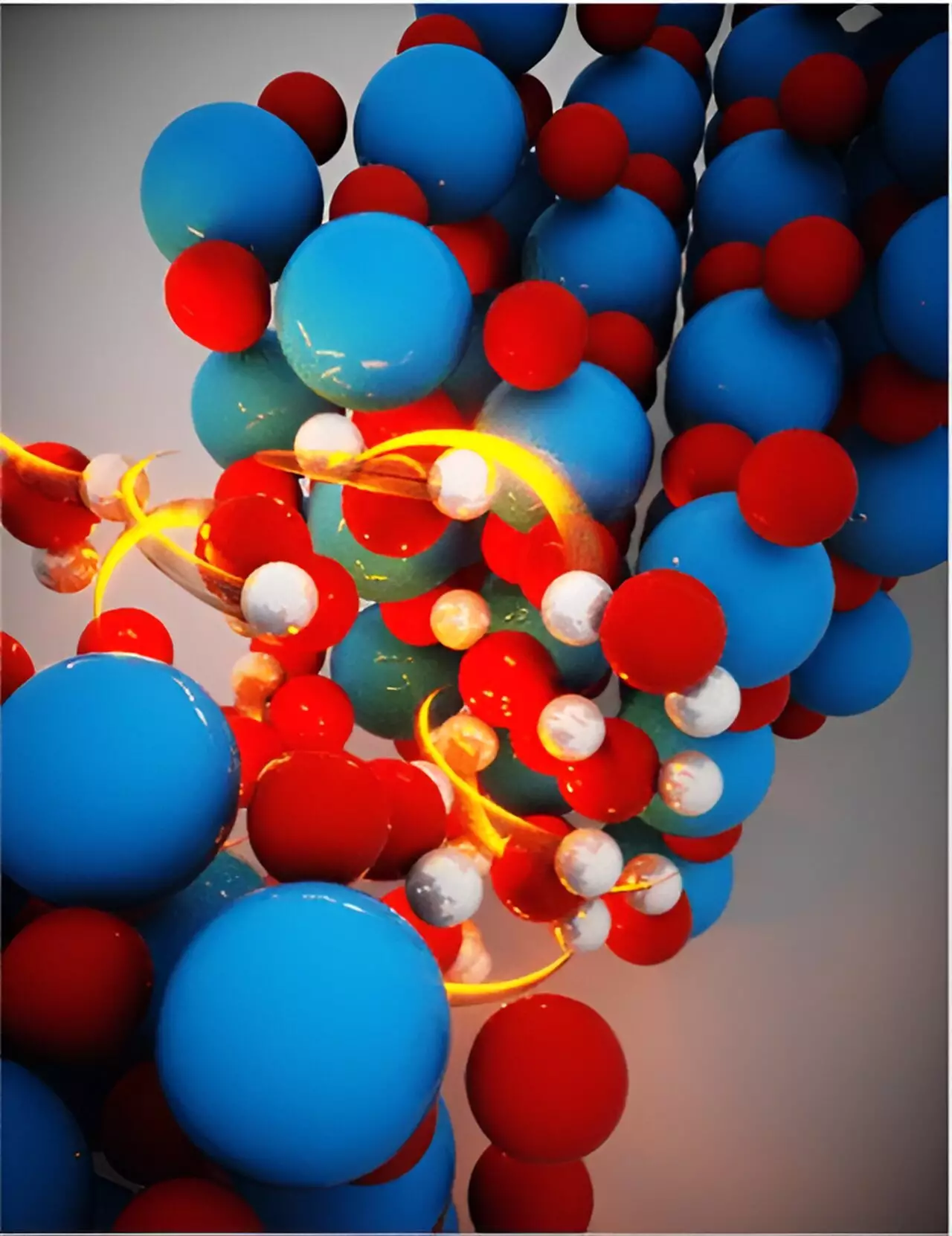In a groundbreaking discovery, researchers at Lawrence Livermore National Laboratory (LLNL) have identified a novel mechanism that has the potential to enhance the efficiency of hydrogen production through water splitting. This research, which was recently published in ACS Applied Materials & Interfaces, offers fresh insights into water reactivity and proton transfer under extreme confinement conditions. By shedding light on these fundamental processes, the study points towards promising strategies for improving the performance of electrocatalysts used in hydrogen production.
Hydrogen production through photoelectrochemical water splitting is considered a significant milestone in the field of electrochemistry. However, achieving widespread adoption of this technology requires the development of electrocatalytic systems that are both active and long-lasting, yet cost-effective. Working in collaboration with Columbia University and the University of California, Irvine, LLNL scientists have devised an innovative approach to strike the right balance between catalyst activity and durability.
A key breakthrough in the study involves the encapsulation of the catalyst with ultrathin and porous titanium dioxide layers. Contrary to conventional wisdom that coating the catalyst surface can compromise its activity, the researchers found that nanoporous oxides could actually enhance the system’s durability without sacrificing catalytic performance. This encapsulation strategy not only protects the catalyst from degradation but also promotes selectivity towards water splitting reactions.
To unravel the underlying mechanisms behind this phenomenon, LLNL scientists employed advanced molecular dynamics (MD) simulations with a machine learning potential derived from first-principles calculations. This sophisticated modeling platform allowed them to explore the energy landscape and reaction kinetics with unparalleled precision, surpassing the limitations of traditional first-principles methods. The simulations unveiled that water confined within nanopores smaller than 0.5 nanometers exhibits altered reactivity and proton transfer mechanisms.
One of the most noteworthy observations from the study was that confinement in extremely small spaces reduces the activation energy required for proton transport. This lowered barrier results in more frequent proton transfer events and faster proton transport, ultimately enhancing the efficiency of hydrogen production systems. The researchers believe that by optimizing the porosity and surface chemistry of porous oxides, it is possible to further boost the performance of electrocatalysts.
The collaborative nature of the research, involving three DOE centers and highlighting LLNL’s dedication to advancing renewable hydrogen production technologies, underscores the importance of multidisciplinary approaches in scientific breakthroughs. The study, led by materials scientist Hyuna Kwon from LLNL’s Quantum Simulations Group and Laboratory for Energy Applications for the Future (LEAF), represents a significant step towards realizing the full potential of hydrogen as a clean energy source. With continued research and innovation, the prospects for efficient and sustainable hydrogen production look increasingly promising.
The discovery of this new mechanism for boosting hydrogen production efficiency represents a major advancement in the field of electrocatalysis. By unraveling the intricate processes governing water reactivity and proton transfer under extreme confinement, researchers have identified promising avenues for enhancing the performance of electrocatalysts. Moving forward, further exploration and refinement of these strategies could lead to significant improvements in the efficiency and sustainability of hydrogen production systems.


Leave a Reply